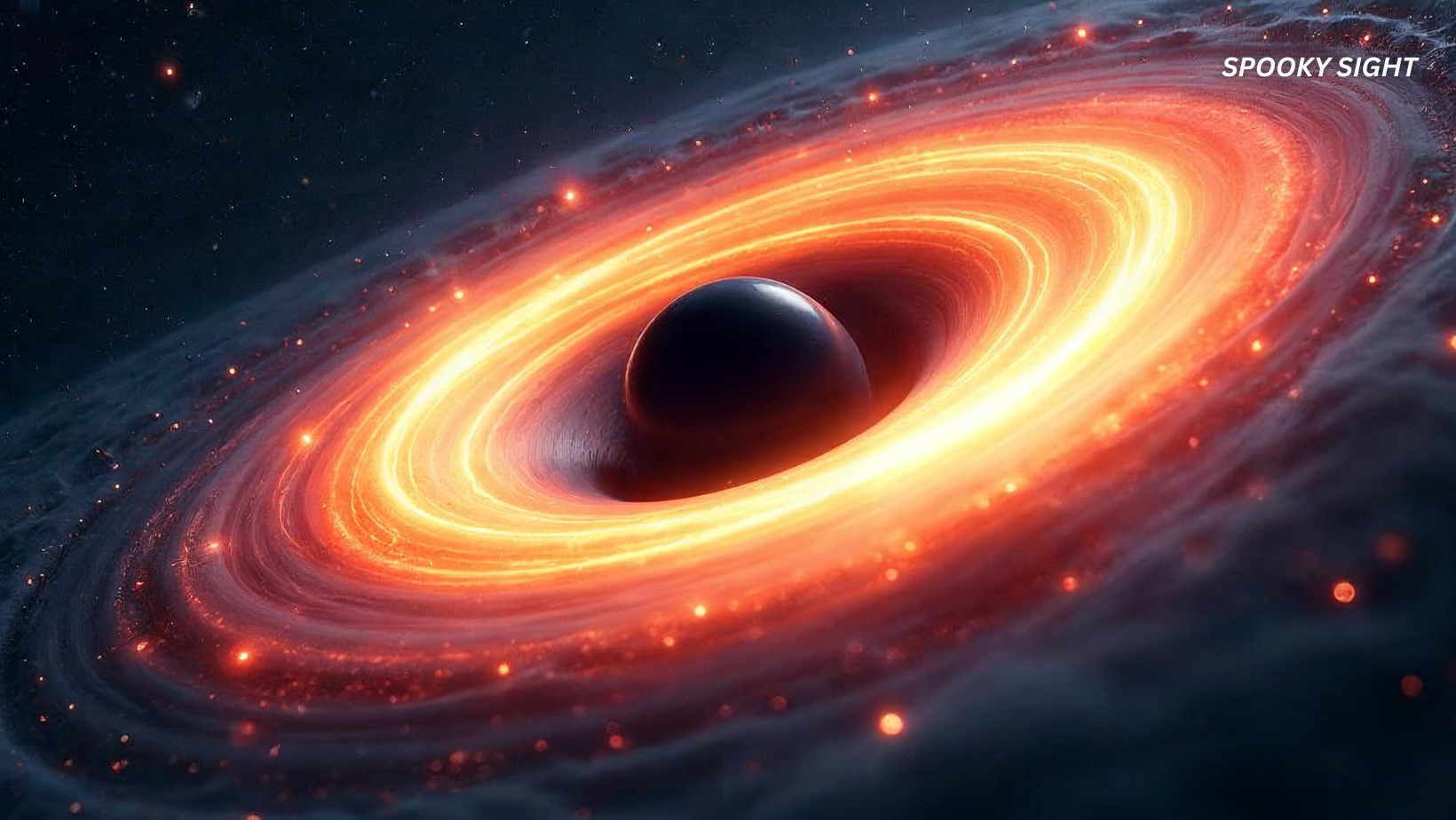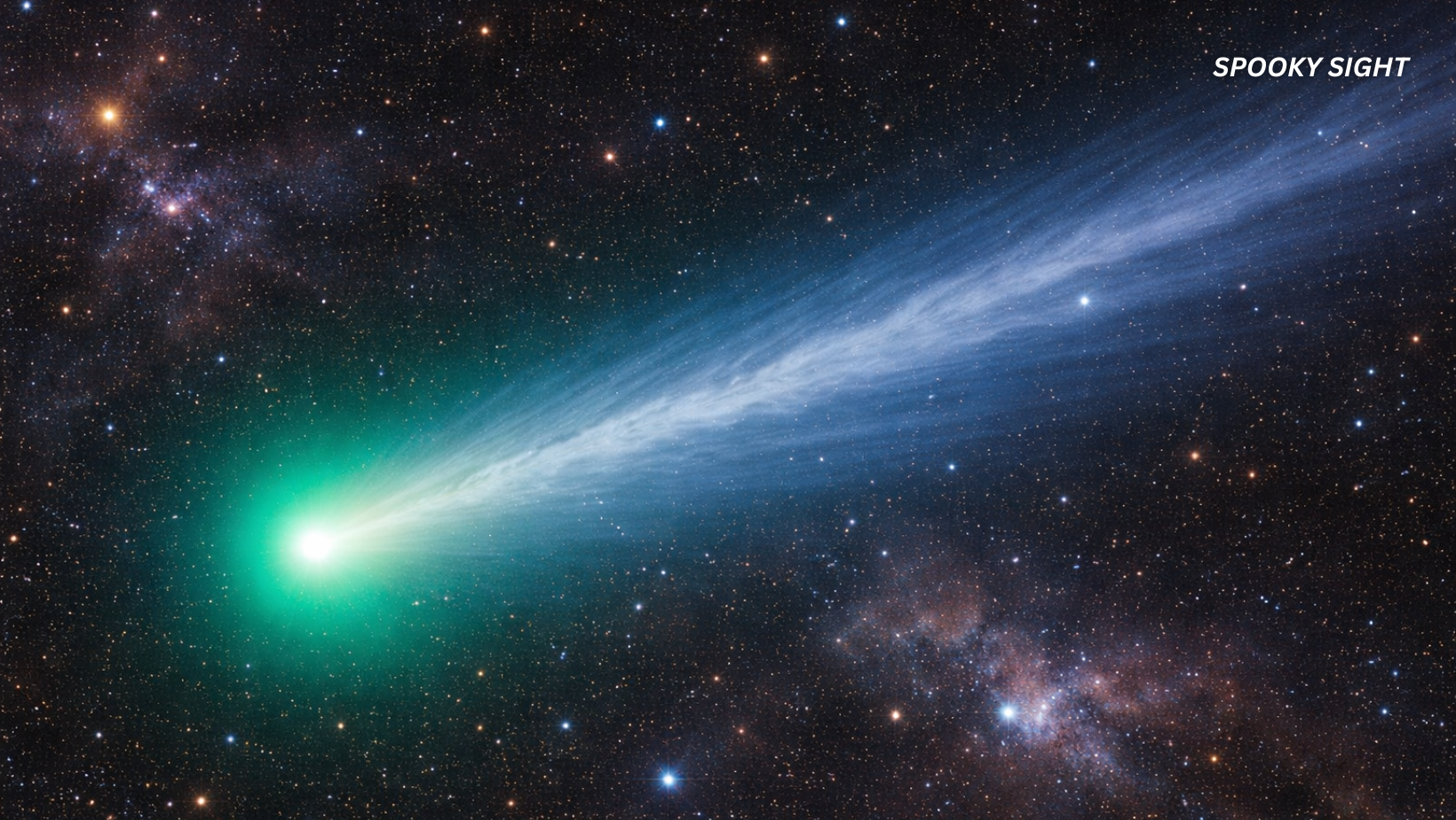Deep within the core of the Milky Way, a region of chaos and destruction unfolds. While a supermassive black hole dominates the galactic center, an unseen population of smaller black holes is actively consuming stars, driving a relentless cycle of stellar birth and annihilation. A recent study published in Astronomy & Astrophysics introduces a groundbreaking model that sheds light on this tumultuous environment—appropriately named the Star Grinder.
A Region Where Stars Are Born and Destroyed
Near the center of our galaxy lies Sagittarius A* (Sag A*), an enormous black hole with a mass millions of times greater than the Sun. Encircling this giant is a dense region of gas, dust, and stars—an area astronomers have long struggled to observe due to interstellar dust that obscures visible light. However, infrared and radio telescopes have revealed a highly active and chaotic scene.
For years, scientists believed that only a few hundred stellar-mass black holes resided in this area. But new findings suggest a much higher number—possibly in the millions. This revelation alters our understanding of how the Milky Way’s center has evolved and continues to change.
The Unrelenting Grind of the Star Grinder
The environment near Sag A* is extraordinarily dense, filled with dust and gas that fuel the birth of massive stars, particularly O-type and B-type stars. These short-lived giants burn brightly before meeting their inevitable end in violent supernova explosions, often leaving behind black holes. Over time, these stellar remnants accumulate, forming an intensely packed cluster.
The newly proposed Star Grinder model suggests that this cycle of formation and destruction plays out in a dramatic way. As stars and black holes interact, collisions become frequent, further accelerating the rate of stellar death and black hole formation. With each new black hole added to the mix, the likelihood of future stellar disruptions increases, making the galactic center a relentless machine that continuously grinds down stars.
A Collision Zone Unlike Any Other
Unlike the quieter regions of the galaxy, the core of the Milky Way operates under extreme conditions. Here, the timescales for collisions between black holes and stars are much shorter due to the high density of matter. In this chaotic environment, stars are constantly being ripped apart, their remains either devoured by black holes or used to form new stellar objects.
This constant process of collision and destruction feeds into the cycle, ensuring that the Star Grinder remains in perpetual motion. The model suggests that in such a crowded space, no star is truly safe—many are likely doomed to a violent end.
A Staggering Number of Black Holes
According to the study, the heart of the Milky Way could be home to as many as 100 million black holes within just a single cubic parsec. This is an astonishing figure, making this region the most densely populated black hole zone in the galaxy. The presence of so many black holes also helps to explain certain puzzling astronomical phenomena.
These black holes vary in size and mass, ranging from remnants of collapsed stars to those that continue to grow by consuming surrounding material. Their collective gravitational influence creates an environment unlike any other, shaping the motion of nearby stars and altering the distribution of matter. The extreme density of black holes means that frequent interactions are inevitable—some may merge to form larger black holes, while others could disrupt nearby star systems.
The gravitational interactions between these black holes can also lead to extreme events, such as the ejection of black holes from the central cluster or the slingshot acceleration of stars to incredible speeds. This mechanism could be responsible for the existence of hypervelocity stars—stellar objects moving so rapidly that they may eventually escape the Milky Way’s gravitational pull. These rogue stars, propelled by encounters with black holes, serve as a testament to the intense and dynamic activity occurring at the galactic center.
Moreover, the sheer number of black holes raises new questions about the long-term evolution of the Milky Way. If the core remains this densely packed, could future collisions lead to the formation of an even larger black hole at the center? And how might this ongoing process influence the fate of the galaxy over billions of years?
The Implications for Our Galaxy’s Future
The findings paint a vivid picture of the Milky Way’s center as a place where destruction fuels creation, and order emerges from chaos. Rather than simply being a collection of stars and gas, the galactic core is a highly dynamic environment where black holes play a crucial role in shaping its evolution.
For astronomers, these discoveries open new avenues of research into the nature of black holes and their influence on galactic structure. The study also raises broader questions: if the Star Grinder continues to shape the Milky Way’s center at such an alarming rate, what does this mean for the future of our galaxy? Could our Sun, billions of years from now, be affected by such cosmic forces?
One potential long-term effect of this relentless gravitational activity is the reshaping of the galactic core itself. The continued merger of black holes may eventually lead to the formation of an even more massive central black hole, which could dramatically alter the structure of the Milky Way. The accumulation of stellar-mass black holes may also increase the frequency of gravitational waves—ripples in spacetime produced by violent cosmic events—offering new opportunities for their detection and study.
Another intriguing question concerns the fate of stars on the outskirts of the galactic center. As black holes interact and merge, their gravitational reach could extend further, influencing star systems previously considered stable. This may lead to more stars being flung into intergalactic space or pulled into destructive orbits around larger black holes.
The role of these black holes in shaping future star formation is another area of interest. If the central region becomes too densely packed with black holes, it may suppress new star formation, potentially altering the Milky Way’s future as a star-producing galaxy. Alternatively, the collisions and disruptions caused by black holes could trigger bursts of star formation in other regions, redistributing stellar material in unexpected ways.
As technology advances and our ability to observe the universe improves, further studies of the Milky Way’s core may provide crucial insights into the grander workings of galaxies across the cosmos. The relentless activity at the heart of our galaxy is not just a spectacle—it may hold the key to understanding the life cycle of galaxies themselves. By studying the chaotic processes occurring in the Star Grinder, astronomers may uncover fundamental truths about the evolution, structure, and ultimate fate of the Milky Way and beyond.








